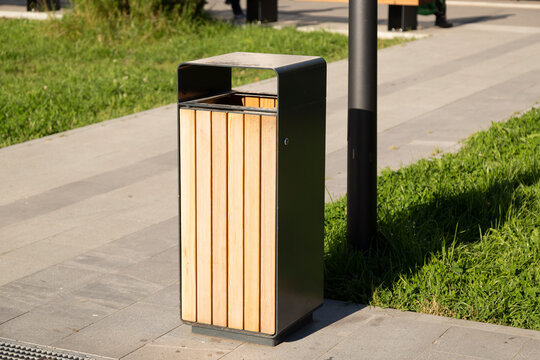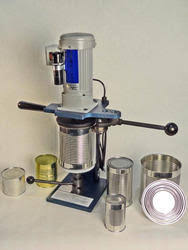Commercial trash cans equipped with pedal operation represent a significant advancement in both hygiene and convenience within various settings, ranging from offices and healthcare facilities to restaurants and public spaces. These innovative trash cans are designed with a sturdy pedal mechanism that allows users to open the lid without using their hands, thereby minimizing direct contact and reducing the spread of germs and bacteria. This hands-free operation is particularly crucial in environments where maintaining cleanliness and hygiene is paramount. One of the key benefits of pedal-operated trash cans is their ability to enhance hygiene standards. By eliminating the need for users to touch the lid when disposing of waste, these trash cans help prevent cross-contamination and reduce the transmission of illnesses. This feature is especially important in healthcare facilities, where stringent infection control measures are necessary to protect patients, staff, and visitors from harmful pathogens. Additionally, in foodservice establishments such as restaurants and cafeterias, where food safety is a top priority, pedal-operated trash cans offer a hygienic solution for disposing of food scraps and waste materials.

In addition to promoting hygiene, pedal-operated commercial trash cans also contribute to overall convenience and efficiency in waste management. The pedal mechanism allows for smooth and effortless opening of the lid, enabling users to dispose of trash quickly and without interruption. This hands-free operation is not only convenient for users but also enhances operational efficiency, as it reduces the time spent on emptying and cleaning the trash cans. Furthermore, the durable construction of these trash cans ensures longevity and withstands frequent use in high-traffic areas. Moreover, pedal-operated trash cans are available in a variety of sizes and designs to suit different spaces and aesthetic preferences. Whether in sleek stainless steel for a modern office environment or in robust plastic for industrial settings, these trash cans are designed to blend seamlessly into their surroundings while offering reliable performance. The versatility in design ensures that businesses and institutions can select trash cans that not only meet their functional needs but also complement their interior decor.
Beyond their practical benefits, pedal-operated trash cans also contribute to environmental sustainability efforts. By promoting proper waste disposal practices and encouraging recycling initiatives, these trash cans help reduce overall waste generation and support efforts towards a cleaner environment. Many models are equipped with features such as separate compartments for recyclables and non-recyclables, further facilitating sustainable waste management practices in commercial settings. In conclusion, pedal-operated trash cans represent a valuable investment for businesses and institutions seeking to enhance hygiene, streamline waste management processes, and promote environmental sustainability. By offering hands-free operation, these trash cans minimize the risk of germ transmission and improve overall cleanliness standards in various settings. Additionally, their durable construction and versatile design ensure long-term reliability and aesthetic appeal. Whether in healthcare facilities, offices, restaurants, or public spaces, pedal-operated trash cans are an essential tool for maintaining a hygienic environment and supporting efficient waste management practices.





